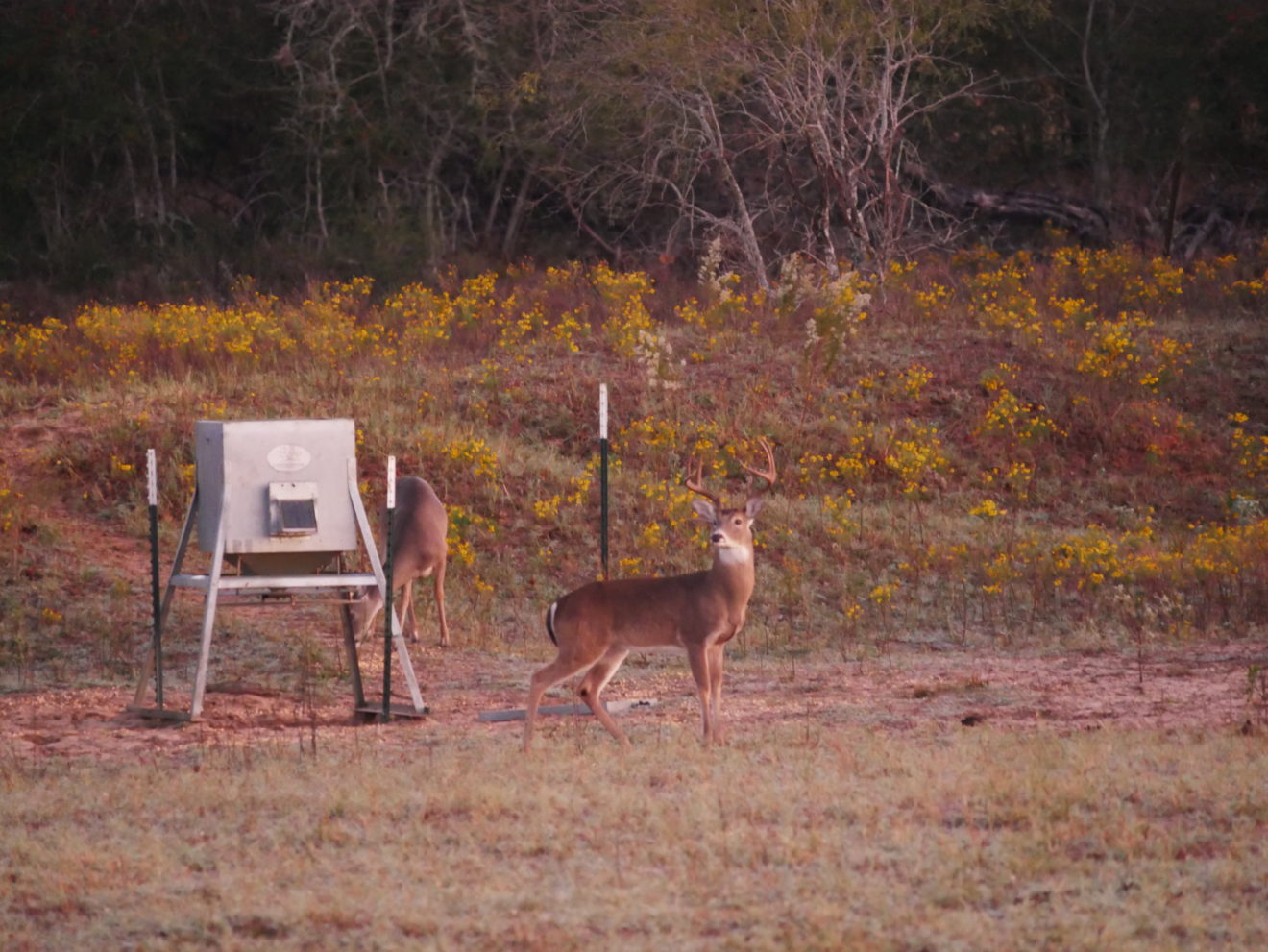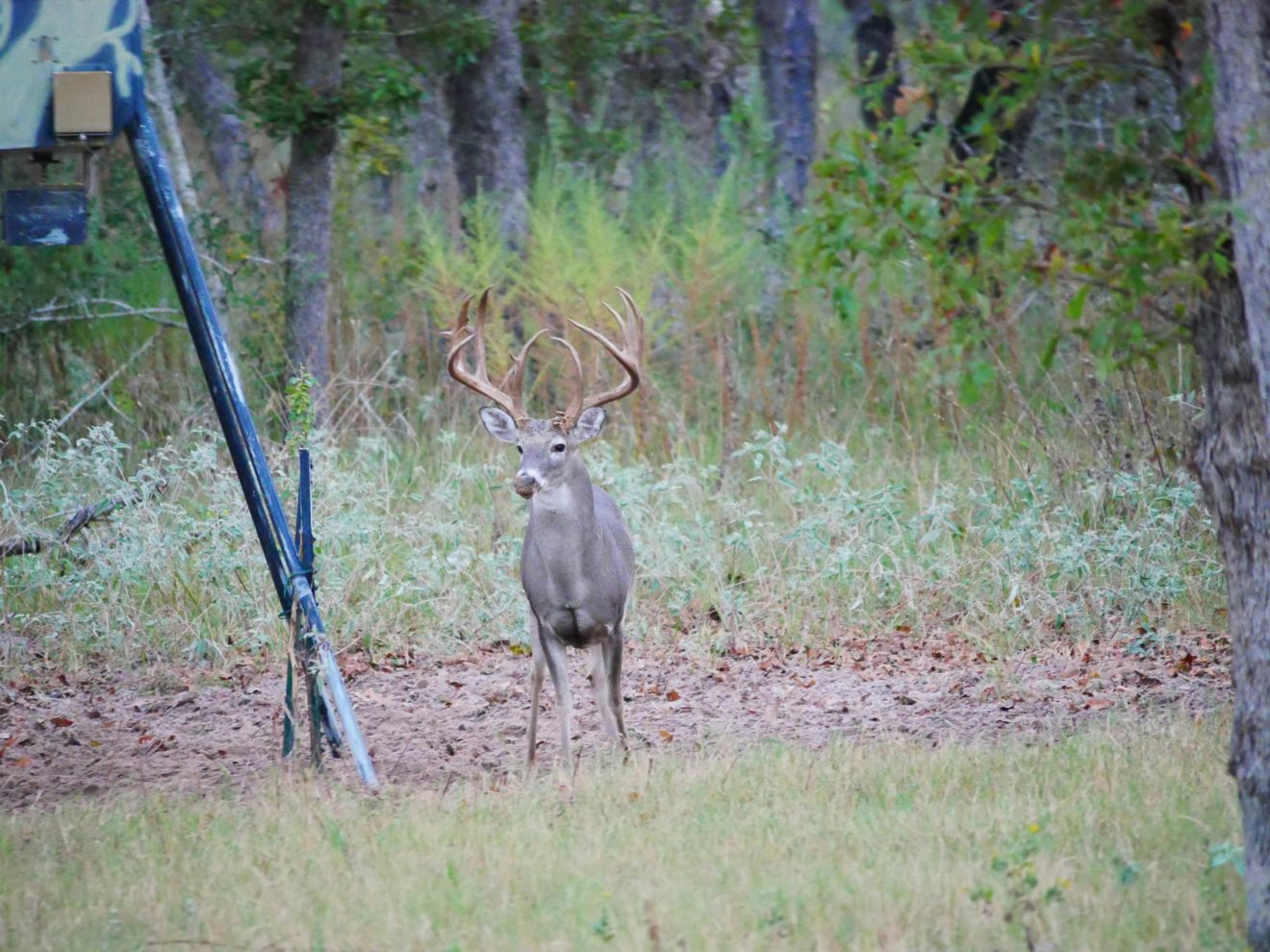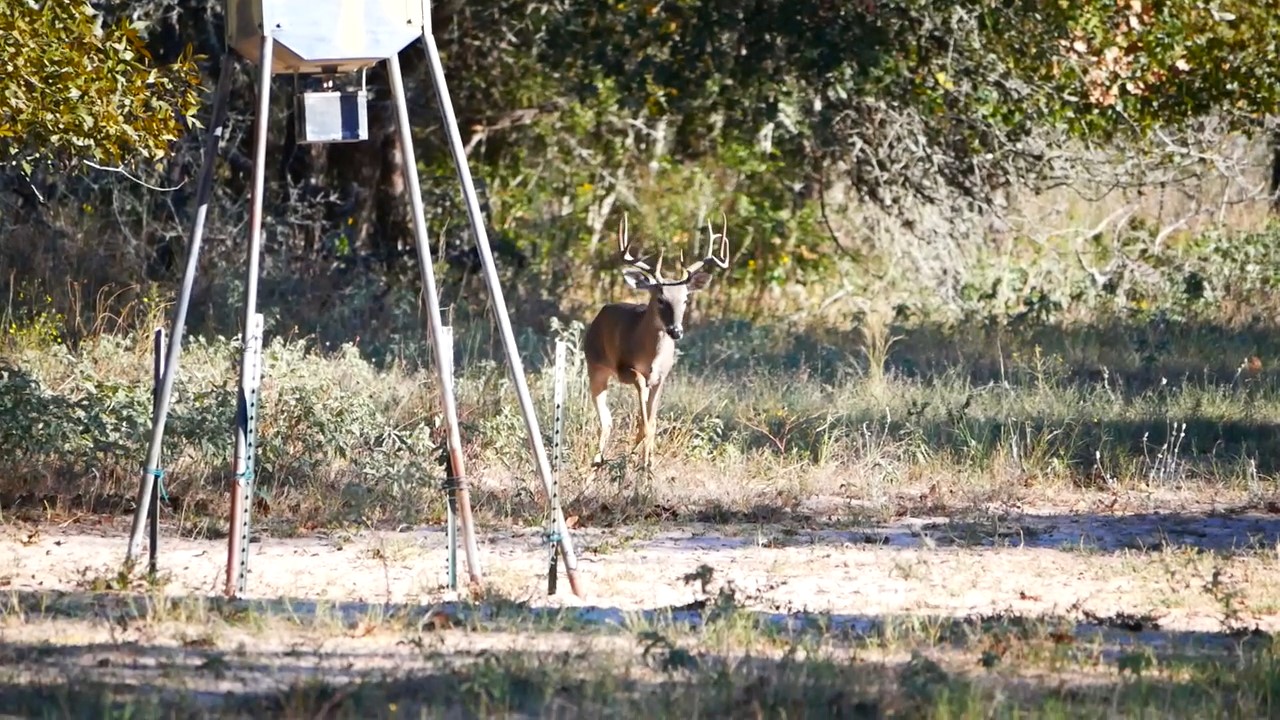Hunting Open Spaces During the Peak and Late Whitetail Rut
Considered the Super Bowl of deer season, the peak whitetail rut can be a real head-scratcher. The same can be said for the back end of this period. Hunters flock to their leases, hunting clubs, and public grounds with the notion of seeing and harvesting a huge buck. Confidence is at an all-time high.
Then, crickets.
So, you’ve done your intel, hunted during favorable conditions, and hit your stand(s) often on a few promising occasions. The big bucks you’ve caught on camera have your heart pounding prior to each sit. But once in the field, you see smallish bucks chasing does, or even nothing at all. The anticlimactic experience can be bewildering, especially if you’ve planned your vacation around this supposedly magical period.
Despite catching lightning in a bottle a couple of times in the past, a lot of hunters eventually acknowledge that the haphazard habits of rutting bucks present a small chance to harvest them – especially for bowhunters. What are you to do?
A Matter of Distance
Yes, the peak (and late) rut can produce some pretty exciting big buck action. However, the fact is that you must have mature bucks in your main hunting area to kill one. Though your trail cams suggest you do, perhaps your best time to hunt your hot spot has already passed you by. If you set up anything like most hunters, these spots are in the core areas for said mature bucks. The problem is that during the heat of the rut, a buck’s locality takes a temporary turn. The bulk of them spent October (and the pre-rut) consistently traveling their core area – all often within a mere 200-300 yards.
Now, these target bucks represent the proverbial needle in the haystack wandering into your broader hunting grounds. And with many hunting properties being small to medium in size, they may have strayed from your property. Have no worry though; this is often short-lived. It’s time to set up accordingly by choosing spots viewing big open areas. After all, this is where bucks are predisposed to push estrous does during the thick of the rut.
How to Hunt These Expanses
First off, both new and old rules apply. As for the new, don’t just locate yourself over a field or large lane because it’s open. Your strategy to hunt areas where bucks push their mates doesn’t mean you abandon basic hunting logic. Like any other time, seek sections that would reasonably draw deer under any circumstance. Sure, the peak rut entails more random buck movements, but you can still enhance your odds by choosing to set up near areas like funnels and near feeding grounds. It’s a myth that mature bucks cease eating during the rut in lieu of mating.
Secondly, play the wind appropriately. For example, hunt downwind of the area through which you’d hope to see a chasing buck travel. Bucks may be crazed, but they still have their outstanding senses – as do the doe they’re chasing.
Prepare for long sits. By exhibiting patience and resolve in these sprawling areas, your chances of catching wayward, love-sick bucks increases. One of the cool things about the pinnacle of the whitetail rut is that you may catch not only a familiar buck, but a swelled up mammoth new to the area. You know, the beast that you’ve never seen on camera or on the hoof. THIS is one of the best parts of the rut in the first place. Seek to ambush them in the open and be resolute about it.
Next, recognize that hunting open areas can be disruptive because reaching them usually entails traveling over open territory. With this in mind, morning hunts are ideal for open area hunting during this irregular chasing phase. By carefully traveling to your stand before first light, you’re much less likely to sabotage these potentially rich killing grounds.
Those same bucks are working hard toward breeding the same does during evening hours, too. Either way, most deer will be moving towards their evening food sources: ag fields, food plots, and feeding stations. Much like in the morning, assume a position downwind of the food source. Here, both older bucks and does can be identified. Doing this all in a more open area can produce results. Plus, it’s enjoyable sitting over a new area, especially after pounding your favorite spot repeatedly.
Conclusion
The random nature of the peak rut can treat you to a myriad of breeding activity. Conversely, it can leave you pondering, “Where did my bucks go?” Hunting the gaping stretches can result in an encounter with a big love-filled buck pushing his would-be mate into the open. Take advantage of this known whitetail tendency. Plan and manage your sits diligently employing basic whitetail hunting knowledge. You may just find yourself gazing at an uninhibited buck that has made himself susceptible to bullet or broadhead.
Does this method sound tenuous? If so, remember the fruitless sessions in your mainstay stands in the past. They can be tenuous as well. Consider shaking things up by getting things out in the open and intercepting a good buck – maybe the one of your dreams.
Based in Texas, Jerald Kopp is President of 1st Light Hunting Journal. His articles cover a variety of topics about hunting and the outdoor lifestyle. Jerald is an avid outdoorsman with deer hunting and whitetails being by far his greatest passion. He was introduced to hunting and fishing at an early age and has been enjoying it for 40+ years. In 2005, he established the Empowerment Outfitter Network (EON) – a faith-based non-profit organization that provides hunting opportunities for disabled and terminally-ill children and youth. When not hunting, he spends his time traveling and enjoying life with Amy, his wife of over 30 years. Jerald and Amy have two adult daughters and a son-in-law.




